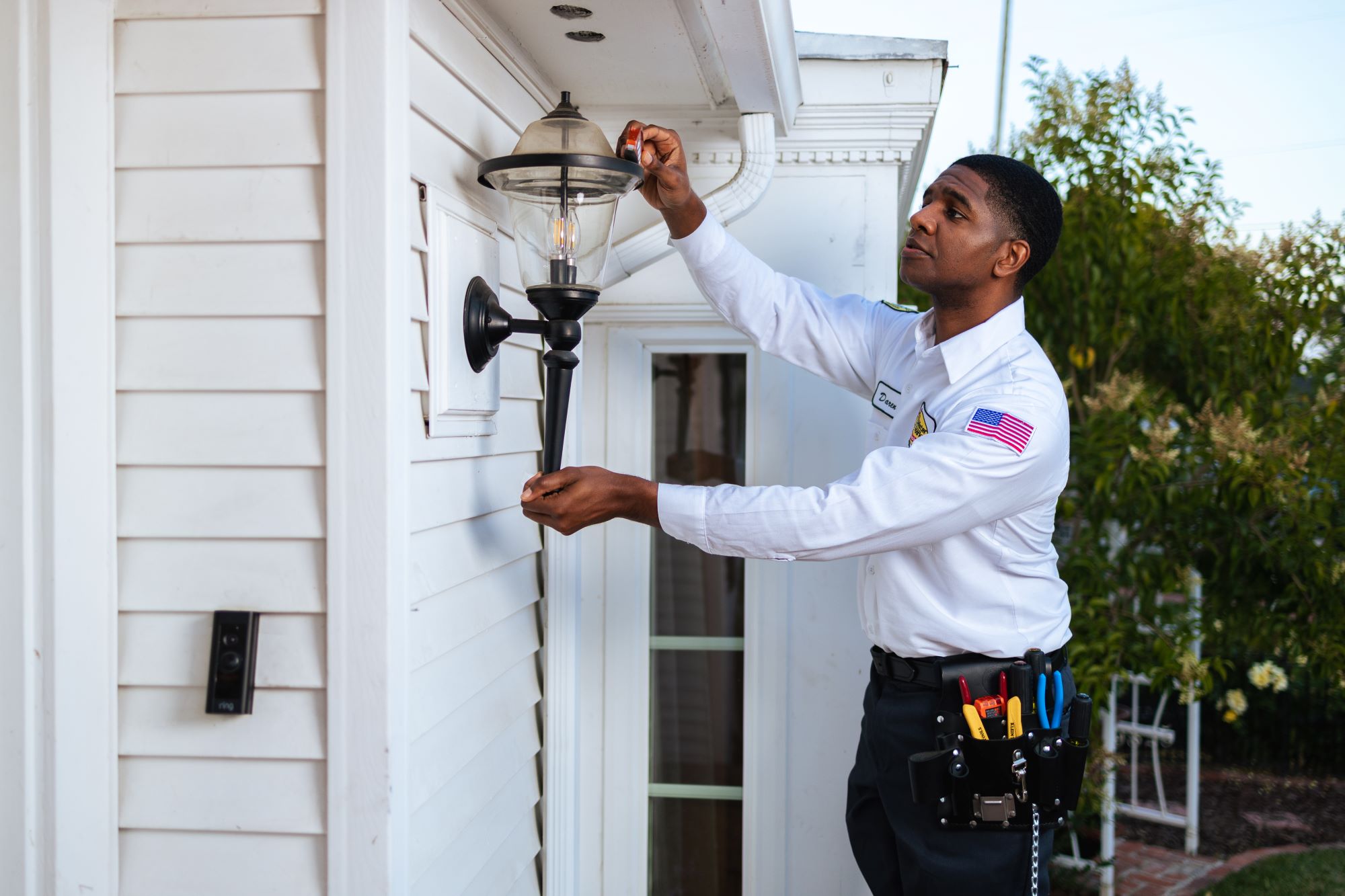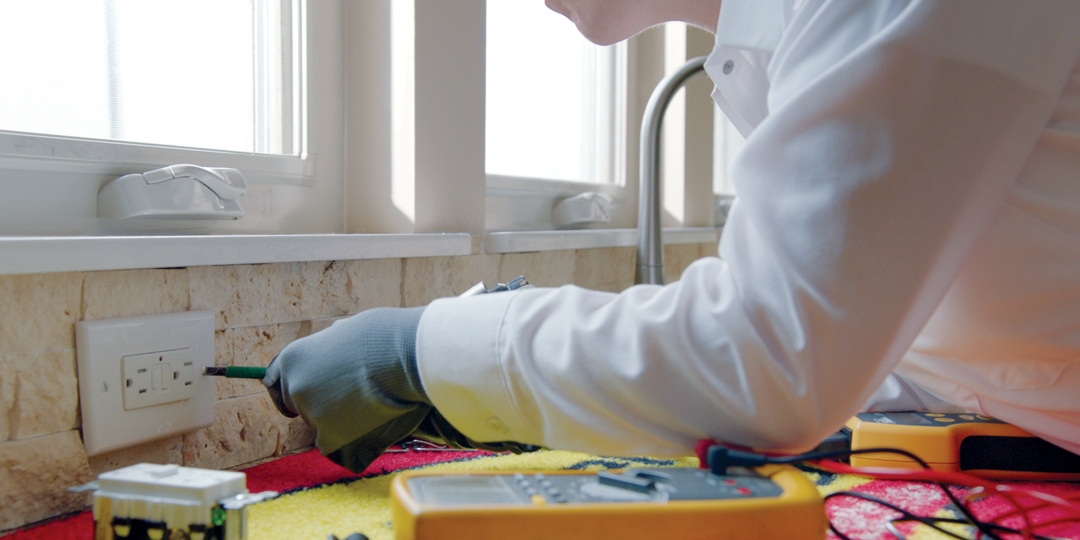Why Turnover Isn’t a Problem, but Retention Is
February 1, 2018
As a franchise owner, you work hard to build your location’s brand in your community, train employees, and even to find the right new hires. All the hard work you do is pointless without retention. High employee turnovers plague many industries, and while companies often strive to locate “good people” with extensive screening and hiring processes, it’s all for nothing without retention.
Hiring is just one half of what needs to be done to get good employees. Retention plays an equal, if not larger, part in ensuring that your team is experienced, passionate, and professional. High turnover rates are a symptom of something far deeper, and investing in retention just may be the cure.
The Facts: Why Is Turnover So High?
As Boomers begin to retire out of the workforce and are replaced with Millennials, the culture of business is shifting. Companies who are not keeping up with Millennial views are struggling to retain their workers, which can cost these companies hundreds of thousands of dollars a year.
In a recent survey by Mercer, a global consulting leader, it was found that the majority of surveyed workers were considering leaving their jobs—even when they were satisfied with their company or job!
Breaking down the statistics, we see:
- 45% of employees who are satisfied with their organization are considering leaving.
- 42% of employees who are satisfied with their jobs are considering leaving.
- 37% of employees are seriously considering leaving their jobs.
If employees are satisfied with their companies and jobs, why are they leaving? If you employ mainly Millennials, you should pay close attention.
60% of Millennials stay at a job for less than 3 years.
So what’s the deal with that? Millennials are more likely to move from position to position seeking opportunities for self-development. This is a data-hungry, information-craving generation we’re talking about here, and they know that the path to a successful career and personal happiness is to always be striving for more. More training, more knowledge, more connections, more education, more growth — whatever it is, Millennials want more of it. Is that necessarily a bad thing, though? Employers who learn to meet their Millennial employee’s needs are often rewarded with dedicated employees who constantly strive to better themselves, both personally and professionally.
Turnover & Retention: What Makes Financial Sense?
While you might feel it’s cheaper to replace employees than to entice them to stay, it turns out that the opposite is frequently true. It generally costs far less to invest in strategies to retain employees than to replace them.
More facts:
- The average wage of a U.S. employee is approximately $50,000.
- Voluntary termination is more than 10% a year.
- The average total cost to replace an employee who quits is between 25% and 250% of their base salary, depending on their role.
What do these facts mean? Look at it this way. If you need to replace a good employee who was being paid $50,000, and you spend the bare minimum of 25% of their base salary, you’re looking at $12,500, at the minimum. If you need to replace 10 employees in a year, you’ll be spending $125,000 every year on turnover. Ouch!
Recent News

Electrical Franchise for Sale: Why Mister Sparky is Your Best Opportunity
December 1, 2025

The 2025 Electrical Industry Outlook: Why Now Is the Time to Franchise with Mister Sparky
October 27, 2025

How Much Does It Cost to Start an Electrical Business?
October 1, 2025

How to Market a Small Business: Why Franchising with Mister Sparky Makes It Easier
August 29, 2025

Why the Electrical Services Industry Remains a Strong Sector in 2025
July 31, 2025

How to Start an Electrical Business: Your Ultimate Guide
June 2, 2025

Can an Electrician Start a Business? Here’s What to Know About Electrician Franchise Opportunities
May 6, 2025















